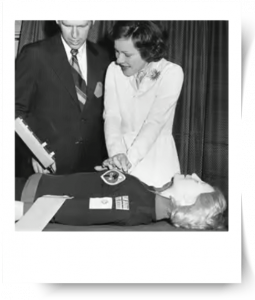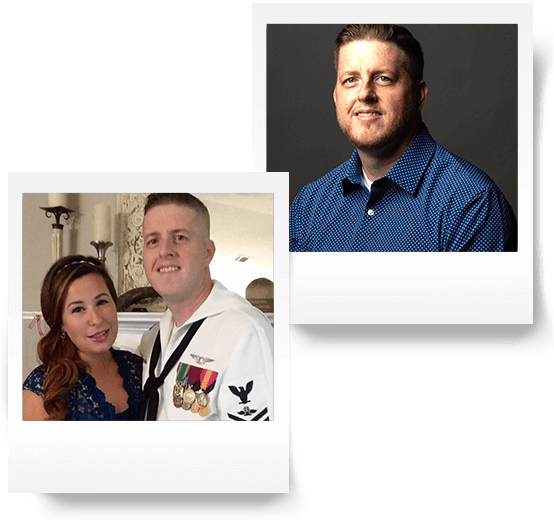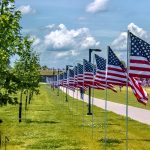Laerdal Medical's mission is simple - no one should die or be disabled unnecessarily during birth, from sudden illness, trauma, or medical errors. Laerdal has become a world leader in healthcare education and resuscitation training, creating immersive technologies and data-centric insights to increase survival and improve healthcare quality.
In 2015, the American Heart Association® and Laerdal Medical introduced Resuscitation Quality Improvement® (RQI®) — a program blending the AHA’s leadership in science and resuscitation education with Laerdal’s expertise in technology, simulation and implementation to deliver low-dose, high-frequency CPR training. The RQI program was the first of its time, blending resuscitation education with quarterly skills practice on a state-of-the-art manikin with automatic feedback for the learner.
Since Laerdal’s inception in the 1960s they have been innovators in the manikin space, consistently updating and upgrading technology through research and data analysis, creating tools that allow healthcare providers to administer the highest level of care. We had the opportunity to speak with Mary Lanigan, content marketer at Laerdal Medical, where she shared her insights into the development of manikin technology and its real-world impact.
Q: Could you share some background around Laerdal’s initial development of the manikin, and how many iterations have there been over the years?
CPR feedback has come a long way since the development of the world’s first CPR manikin. Prior to 1960, many methods that would be considered unusual by today’s standards were used to treat victims of sudden cardiac arrest. Intuitively, people knew that there was something that could be done to revive victims. The creation of the Resusci Anne was the beginning of a long journey to quality improvement as it pertains to CPR.
Q: What specific features or advancements in CPR manikin technology have you found most beneficial for training purposes?
The incorporation of objective “QCR” feedback in our manikins has been a game changer. QCPR helps learners develop high-quality CPR skills through real-time, objective feedback that allows them to self-correct in real time and really cement the psychomotor skill. In instructor-led courses, the real-time and summative feedback make it easier for instructors to monitor and report on learner performance. In HeartCode® and RQI courses, the Voice-Assisted Resusci Anne/Baby QCPR manikins allow for effective self-directed learning.
The QCPR technology has also allowed us to add an element of gamification to CPR training courses. Using our QCPR app, learners can participate in friendly “QCPR race” competitions where they must perform high-quality CPR to reach the finish line first. This helps make learning more engaging, while at the same time reinforcing CPR skills.
Q: How has the use of manikins in CPR training impacted the quality of education for healthcare professionals?
CPR manikins have increased the quality of education for healthcare professionals by providing realistic opportunities to learn, practice, and master a critical psychomotor skill. Getting real-time, objective audiovisual feedback and summative feedback helps learners self-correct in real time and identify areas for improvement.
Q: From your perspective, how do regular CPR training sessions with manikins contribute to maintaining the skills of healthcare professionals over time? Have the manikins helped enhance the overall level of care provided to patients?
The evidence is clear that CPR skills decay – and that low-dose, high frequency training is effective at helping providers maintain their skills over time. Regular skills practice with the manikins ensures that providers’ skills are fresh – and that they are prepared to perform high-quality CPR at any time. This can make a huge impact in increasing survival from sudden cardiac arrest.
Q: Can you share any specific instances where the use of CPR manikins in training directly translated into improved outcomes for healthcare providers and patients?
One very recent example comes to mind. One of our customers is a correctional facility. The director of nurses wanted to be sure that the staff would know what to do if an inmate ever coded. So Laerdal went to their site and conducted some code training. The staff was able to practice performing high-quality CPR, placing the AED, etc. A week after the training, an inmate coded. The staff promptly began CPR. By the time EMS arrived, the staff had already brought back his pulse. We’re so excited about this story because it shows a direct tie between training and patient outcomes.

Mary Lanigan
Content Marketer at Laerdal Medical





 The world’s first mass CPR training program began in Seattle, certifying more than 100,000 people in the first two years. The Recording Resusci Anne helped to train laypeople with printed performance feedback. The paper strip provided a visual representation of ventilation and compression quality.
The world’s first mass CPR training program began in Seattle, certifying more than 100,000 people in the first two years. The Recording Resusci Anne helped to train laypeople with printed performance feedback. The paper strip provided a visual representation of ventilation and compression quality. Laerdal PC SkillReporting System was developed to offer an additional feedback option to supplement the SkillGuide device and SkillReporter printer. By the end of the 2000’s, Resusci Anne was a highly-modular manikin offering numerous configurations, accessories, and feedback options.
Laerdal PC SkillReporting System was developed to offer an additional feedback option to supplement the SkillGuide device and SkillReporter printer. By the end of the 2000’s, Resusci Anne was a highly-modular manikin offering numerous configurations, accessories, and feedback options. In 2018,
In 2018, 





